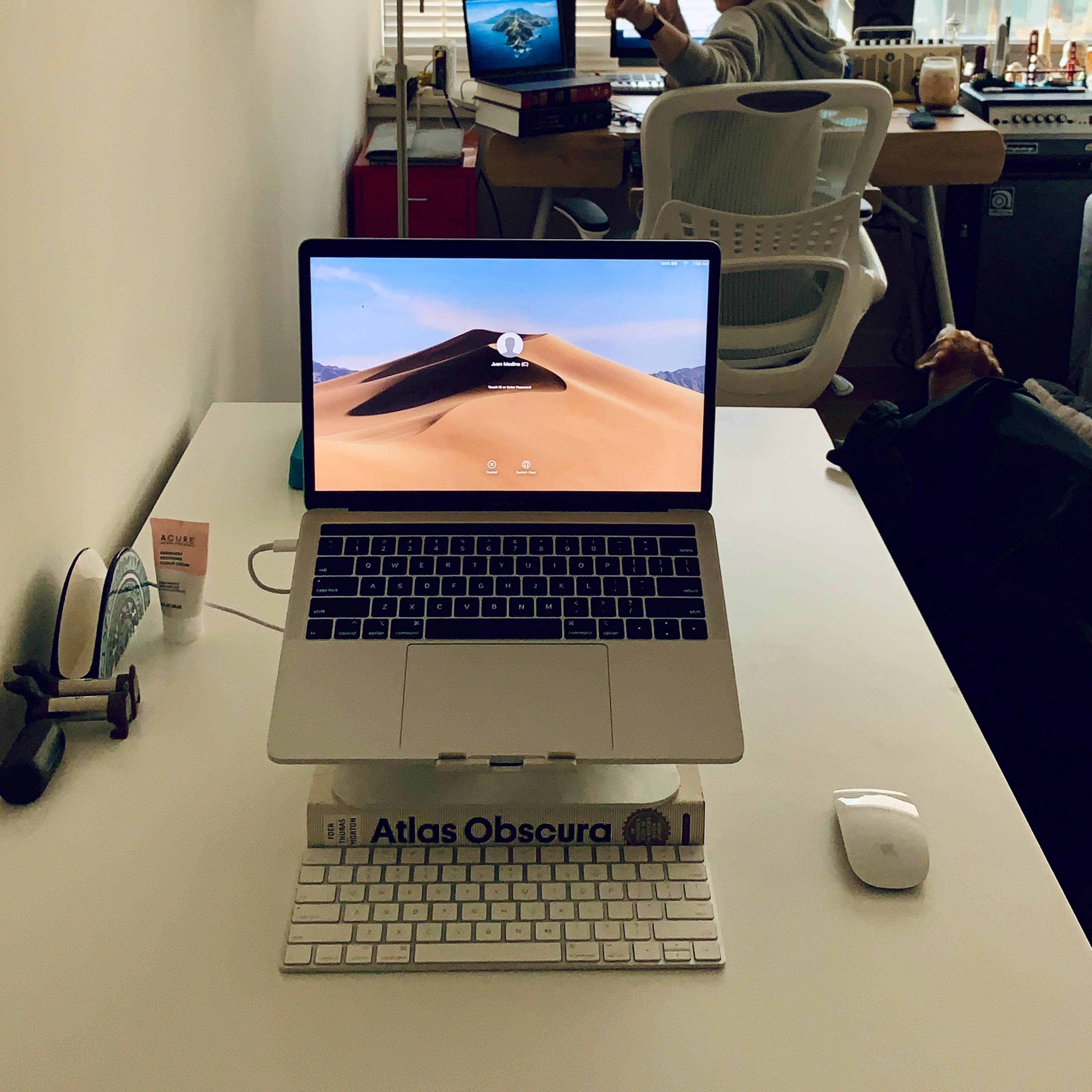My lessons learned after 3 plus years of remote work



I've been reflecting on my experience of working fully remotely since the COVID-19 pandemic started 3 and a half years ago, what did I gain and lose? At a high level, I feel like I gained a lot of autonomy and freedom to design my work day to best suit my living situation.
Before the pandemic
It was known that I would work 4 days per week from my company's office, so from 8 am to 5 pm I would be out and about and my working schedule became highly predictive:
- Use my commute time to catch up on emails and messages; it was implied that nobody would have conference calls until ~ 10 am
- Team calls and cross-collaboration meetings between 10 am to lunchtime
- 1-hour lunch breaks most of the time with coworkers
- Focused work from 1 pm to 3 pm; almost by default, this block tended to have little to no interruptions
- A 30-minute coffee break usually with coworkers
- 30 or 60 minutes of after-office mingling time with coworkers, taking advantage of the office amenities like ping-pong, pool table, video games, etc
- Use the commute time to catch up on emails and messages, documentation writing, prepare presentations, etc
Whenever I WFH (work from home), the working schedule was similar with these exceptions:
- The commute time used for catch-up was also used for focused work time
- My lunch break and coffee breaks would be shorter and I would gain time to have 1on1 calls with teammates
- Focused work blocks got longer and had fewer interruptions
Post pandemic
Looking back, it was almost funny how incredulous I was about how long some of us were going to work from home. A testament to this is how barebones my WFH work setup was:

I yielded my desk to my wife who suddenly also had to work 5 days per week from home and I cleared the dining table to put a laptop stand over a thick book and use my wireless keyboard and mouse. I didn't even care to use an office chair, just the basic dining table chairs we already had. After a few weeks of days with back-to-back video calls, my back was shut.
Very quickly my working schedule started to look more like this
- With teams distributed across the US and Europe, my cross-collaboration calls were starting as early as 7 am; no time to catch up on email or messages
- Back-to-back calls until 11 am or 12 pm because a lot of in-person collaboration was gone and had to be replaced with more calls; email and message catch-up was done during calls which led to me not being able to be fully focused on the calls
- Squeeze lunch around midday
- Focused work time from 1 pm to 4 pm was randomly interrupted by more calls
- 1 or 2 hour sanity break. Walk the dogs, share a cup of coffee with my wife, do house chores... anything to break the grueling marathon from 7 am to 4 pm
- Email & message catchup, documentation writing, work on presentations from 6 pm to...
Work days started to look more like 12-hour days and for a reason. There wasn't much to do during the earlier pandemic days with the lockdowns. To make all this more sustainable in the long run as remote work started to look like it was here to stay, I had to make some adjustments.
Lessons learned
My main takeaway here was that I needed a routine, something I had when I was going to work to the office almost every day. I realized that sticking to that routine made me feel like I always had momentum going forward, no matter how hard and challenging the work was. Without it, I felt like I had no control and that work circumstances were dictating my life. These are the adjustments I made over time:
- Start the day by getting ready to go to work. That includes taking a shower, cooking breakfast, catching up on news & social media, and working on emails & messages
- Push back on 7 am calls when possible by favoring async work like handoff docs, recorded video messages, wikis, scheduled messages, etc
- Have a dedicated workspace at home, in a separate room if possible. Call it your office.
- Invest in a comfortable work set up which can include:
- Standup desk
- Ergonomic chair
- Separate monitor
- Peripherals like a comfortable keyboard and mouse
- Noise-canceling headphones
- HD or 4k video camera
- Studio microphone
- Studio lights
- Also invest in decorating your workspace with bookshelves, plants, paintings, murals, pictures, lights, etc
- Put blocks in your calendar for breaks such as morning coffee, lunch, and afternoon coffee. Let people know that is okay to schedule calls during that time if they can check with you first
- Make sure to set strong boundaries on when work ends by stopping pings and notifications after you are done with your tasks for the day. You can also put auto-responders or messages to let people know how to reach out in case of an emergency, like calling your phone
It's worth noting that all of this took time as I perfected the setup that worked best for me over the years. But I can confidently say that I have a predictable work day that makes me feel productive and positive. My next step is to start working from co-working spaces at least 1 day per week to see if I can reclaim even more of my pre-pandemic schedule and routine.

